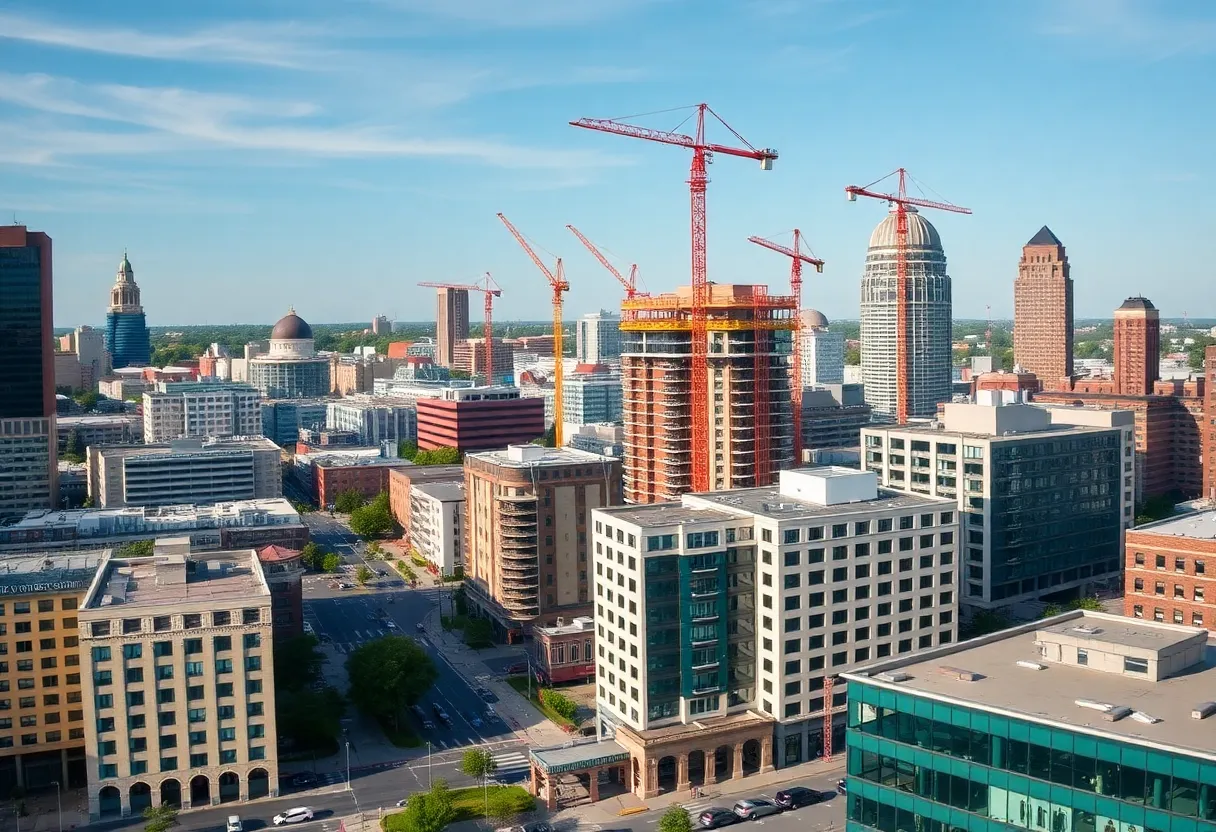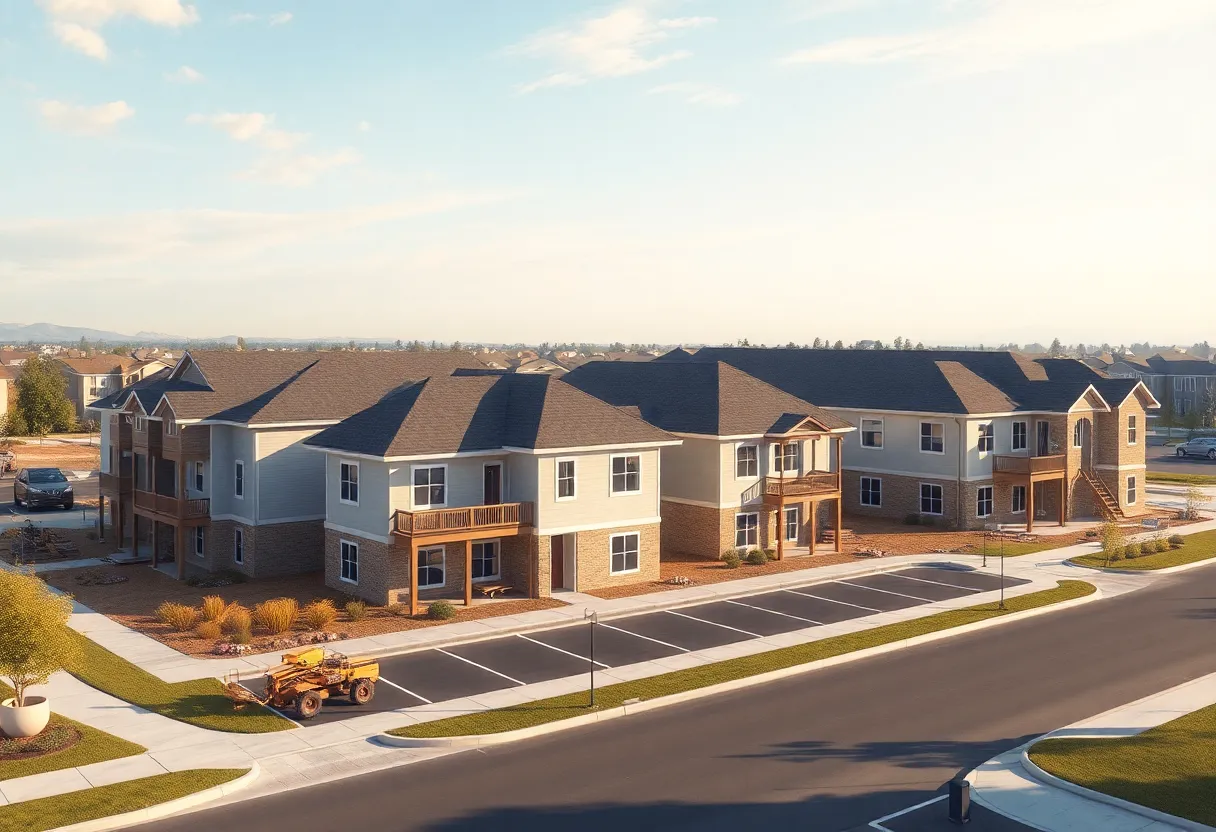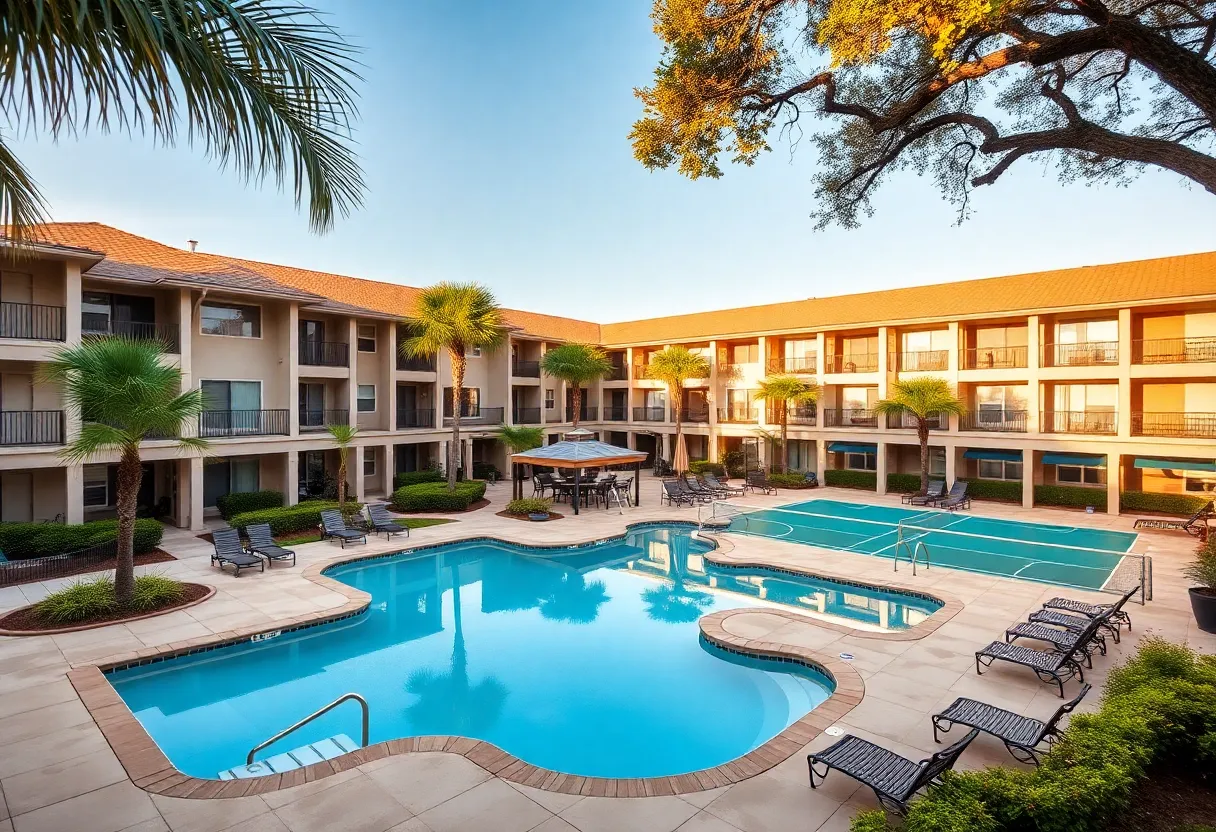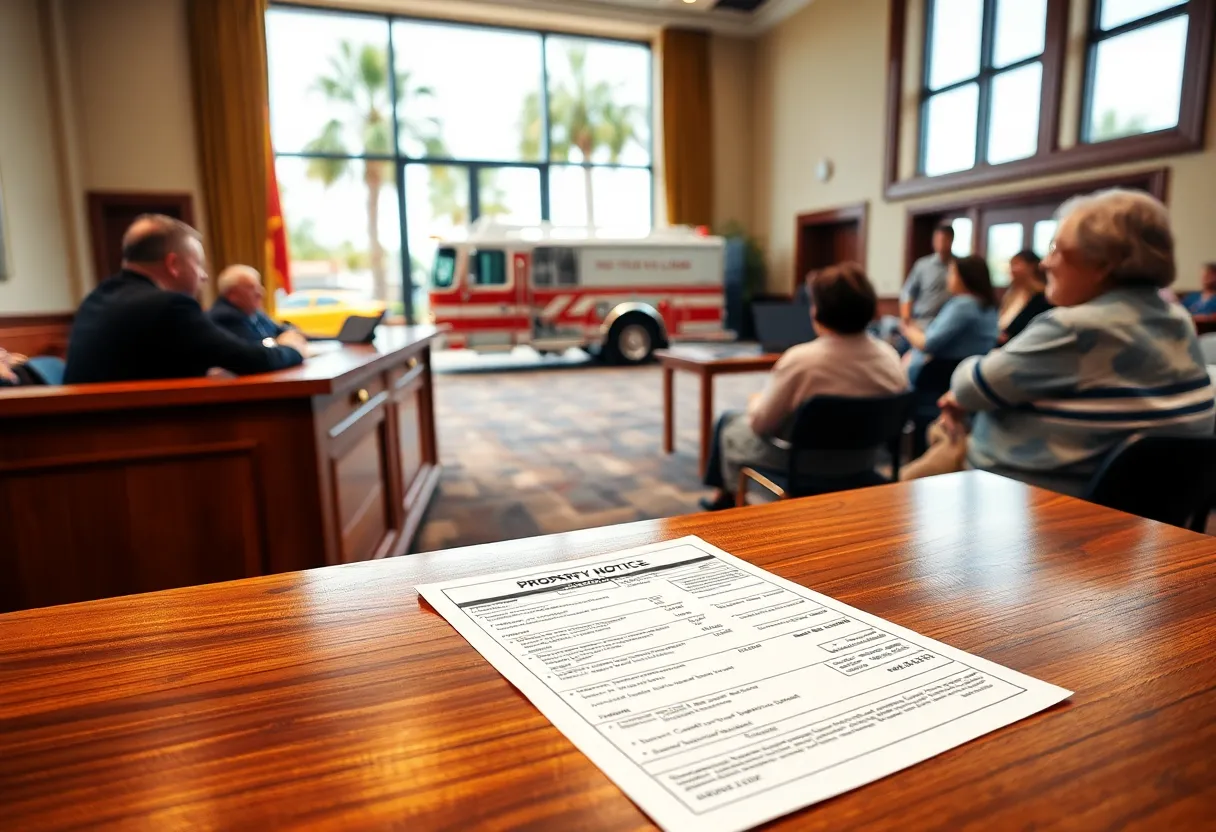Columbus, Ohio, August 21, 2025
News Summary
Columbus, Ohio, ranks fifth in the nation for apartment construction, driven by rising demand from a growing population. With projections of 1 million more residents in the next two decades, local authorities are approving measures to enhance affordable housing options. Recent developments include a mix of luxury and affordable housing projects, addressing the need for more units. While downtown construction surges, challenges persist regarding costs and availability of low-income housing. The city’s focus remains on meeting the housing demands of its expanding population.
Columbus’s Apartment Boom: Growth, Costs, and Housing Options
Columbus, Ohio, has emerged as a leading city in new apartment construction, recording strong per-capita activity and drawing attention across the housing market. A Redfin analysis found the Columbus metro area issued 42 building permits per 10,000 people in the past year, placing it fifth nationally for multifamily construction per capita. Cities ahead of Columbus include North Port, Florida; Cape Coral, Florida; Austin, Texas; and Raleigh, North Carolina. This finding is part of a broader growth spotlight tied to central Ohio’s rapid expansion and is linked to a regional initiative focused on growth in the area. Central Ohio anticipates a population increase of about 1 million residents over the next 20 years, creating a need for roughly 14,000 new homes each year according to the Building Industry Association of Central Ohio.
The housing market is responding to the surge in supply, with increases in apartment options contributing to a shift in pricing dynamics. The luxury rental segment has begun to show softer trends as more units come online, while concerns about affordability persist for starter homes and lower-income residents. Housing leaders describe the situation as a good-news, bad-news scenario: more homes are being built, but the region still falls short of meeting long-term housing needs. To help address housing challenges, residents and policymakers point to Rentful614, a local resource aimed at connecting people with affordable rental options and related services.
Affordable housing investments and CMHA projects
On August 15, the Columbus Metropolitan Housing Authority (CMHA) approved several projects intended to house 1,733 new residents. The agency is funded by $86.3 million in bonds to support these efforts, which include the construction of 698 new units. A major initiative is The Falls, a 220-unit complex that CMHA will self-finance for the first time. In addition, CMHA plans to purchase Rosebrook Village in Reynoldsburg for $26 million to preserve affordable housing stock. AspireCOLUMBUS, another CMHA project, will be an 82-unit downtown development focused on serving low- and middle-income families.
Construction costs for the 82-unit AspireCOLUMBUS project are reported at approximately $353,658 per unit, a figure higher than typical Ohio costs. Factors contributing to the elevated cost include compliance with green energy standards and requirements tied to low-income housing tax credits. Parking for the 82 units includes 70 spaces, with additional paid parking planned to accommodate demand.
Downtown growth and broader urban shifts
Columbus has seen substantial downtown apartment construction in recent years, with 8,090 new units built in the last five years, representing 40.4% of all new apartments. This share marks a rise from pre-pandemic levels, which hovered around 35.7%. As population growth continues in surrounding areas, many residents are choosing to live outside of downtown Columbus while still benefiting from the city’s overall growth. The Columbus Housing Authority is exploring additional mixed-use developments and new apartment complexes across the city as part of a broader strategy to balance density with affordability.
Developers and policymakers acknowledge ongoing cost pressures tied to the new projects, including sustainability requirements and the complexities of low-income housing tax credit programs. These factors, combined with the need to provide sufficient parking, present logistical challenges as the housing market evolves to meet shifting demand. While downtown remains a focal point for housing investment, the overall growth pattern shows a diversifying city where suburban and infill projects contribute to supply alongside core urban development.
Long-term planning and housing policy implications
Looking ahead, the Building Industry Association of Central Ohio emphasizes the necessity of continuing to add housing at a pace that supports the region’s expected population growth. For housing advocates and residents facing affordability barriers, the combination of more units and targeted affordable housing initiatives offers potential relief, even as costs and regulatory requirements push up project expenses. The CMHA and allied organizations are positioned to shape how the city expands in the coming years, with a focus on maintaining affordability while supporting sustained growth in housing supply and job opportunities.
FAQ
What is Columbus’s national ranking for apartment construction per capita?
Columbus ranks fifth nationally for multifamily building permits per capita, with 42 permits per 10,000 people in the past year.
How many building permits per 10,000 people were issued in the past year?
The Columbus metro area issued 42 building permits per 10,000 people in the past year.
What are CMHA’s recent housing projects and total units planned?
CMHA approved projects to house 1,733 new residents, supported by $86.3 million in bonds to fund 698 new units, including The Falls (220 units) and AspireCOLUMBUS (82 units), with additional plans to preserve Rosebrook Village (Rosebrook Village purchase for $26 million).
What is the approximate cost per unit for the AspireCOLUMBUS project and why is it high?
The AspireCOLUMBUS project is estimated at about $353,658 per unit, higher than typical Ohio costs due to green energy standards and low-income housing tax credit requirements.
How has downtown development changed in the last five years?
Downtown Columbus has seen 8,090 new units built in the last five years, accounting for 40.4% of all new apartments, up from about 35.7% before the pandemic.
What happens to housing affordability as supply increases?
Increased apartment supply is contributing to softer rents in some segments, but challenges remain for starter homes and affordable options for lower-income residents.
Key features at a glance
Deeper Dive: News & Info About This Topic
Additional Resources
- 10TV: Columbus Ranks 5th Nationally in Multifamily Housing Permits
- Dispatch: CMHA’s Recent Plans for Affordable Housing
- NBC4: Columbus Ranks Among Top 10 Cities in Downtown Apartment Construction
- Dispatch: Columbus Housing Authority Sole Funder on 220-Unit Refugee Road Complex
- Wikipedia: Affordable Housing





